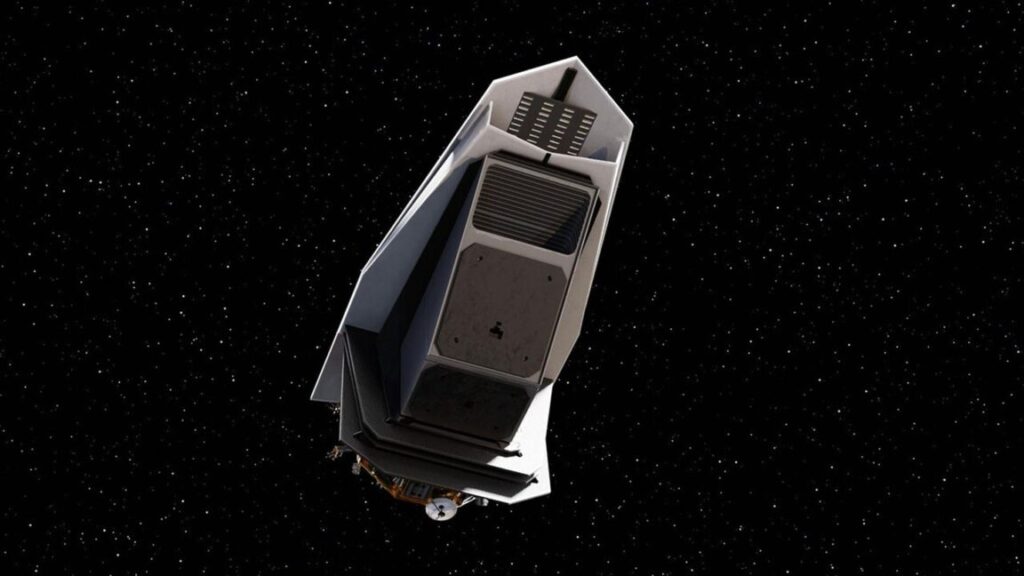The Vera C. Rubin Observatory, formerly known as the Large Synoptic Survey Telescope, is nearing completion in Chile. Among its primary scientific objectives is finding small asteroids near Earth, and it is likely to find many. A little more than two years from now, the NEO Surveyor is scheduled to launch to a Sun-Earth Lagrange point. This NASA-backed instrument will survey the Solar System for threats to Earth. Finally, the Nancy Grace Roman Space Telescope due to launch in 2027 will not look directly for asteroids, but also is likely to find threats to Earth.
With all of these tools coming online, astronomers believe we are likely to find 10 or even 100 times more objects like 2024 YR4.
“For perhaps many of these new discoveries, we will have initial uncertainties about their miss-distance from Earth,” Binzel said. “But just like YR4, with a little time and patient tracking, we will be able to rule out entirely any hazard.”
Finding more asteroids is a good thing
Binzel invented what is known as the “Torino Scale” about three decades ago to characterize the threat to humanity from asteroids and comets that are potentially on a collision course with Earth. The scale factors in both the probability of impact of an object as well as the kinetic energy that it could deliver to the planet.
This scale ranks objects from 0, meaning no impact, to 10, which is (ok, this is a slight exaggeration) nearly as bad as the destruction of Alderaan in Star Wars.
The highest ranking of an asteroid was 99942 Apophis, which briefly reached level 4 on the scale for a few days after its discovery in 2004. (Further analysis revealed that its orbit in 2036 will bring the asteroid near Earth, but not strike the planet.) As for 2024 YR4, it is notable because it reached a level 3 last week, when its odds of striking the planet were highest. But fear not, it’s now a level 0.
In fact, the message people should take from this whole experience is that the Solar System is full of small rocks whizzing all around. And when it comes to asteroids and comets, knowledge is power.
“Rather than making anyone anxious, by finding these objects that are already out there and pinning down their orbits, we are becoming more secure in our knowledge that any sizable asteroid is not likely to take us by surprise as an unwelcome guest landing on us,” Binzel said.
And if there are legitimate threats, the more time we have to prepare a deflection mission to intercept the asteroid, the better.


